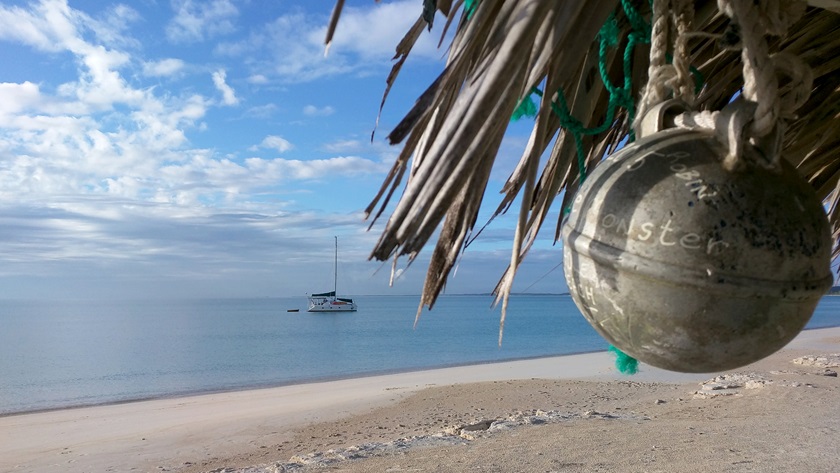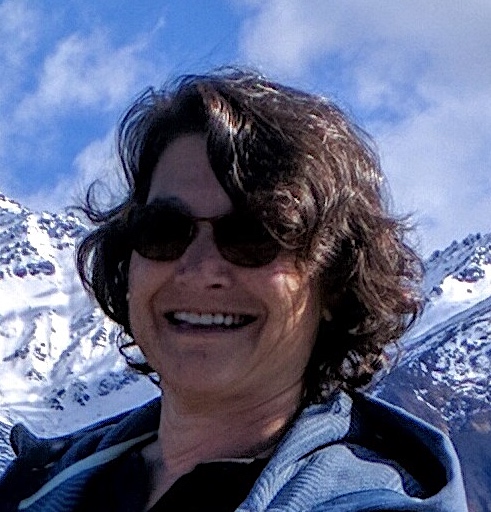Surreal solitude
Out Islands, Bahamas
You know you are there when you see the ocean turn blue: I mean really, really blue—the kind of infinite cerulean that you are sure is retouched in photos. It’s not. Even on a cloudy day it lets you know you are crossing the Gulf Stream, a river of deep warm water that slices north to south across the Atlantic Ocean somewhere just east of Florida.
If you’re a prudent pilot, you are probably looking down from some lofty altitude that allows you half a chance at gliding to a beach, sandbar, or shallow area in the case of engine failure. I’m typically above 10,000 feet to avoid the chaos of the Miami–Fort Lauderdale airspaces that line up like a phalanx to block my path to peace and relaxation. I could be IFR and make air traffic control deal with me, but they’d just reroute me, so why not just avoid the problem and be VFR? After all, if you are bound for the deserted white sands of the Out Islands of the Bahamas, you’ll need to be VFR eventually.
If you are accustomed to the bustle of Nassau or Freeport, the solitude at an Out Island airport is almost surreal. Sure, there are a few little city airports in the Exumas or Abacos, but the emphasis is on “little.” Stay long enough and everyone will know your name.
I go out of my way to stay at Bahamian-owned or -managed resorts, boutique hotels, and cottages. I generally find that their hospitality, generosity of spirit and time, and easygoing management style suit my vacation persona. I don’t dislike internationally owned or managed places—some are terrific values and can offer over-the-top luxuries. I’m just not so luxe, in personality, I guess. Give me a good stand-up paddle board and five miles of untouched white sand beach, a comfortable beach chair under a thatch umbrella, some divine cracked conch or grouper fingers, and I am set. Wi-Fi is nice, but it is not a deal-breaker in the Out Islands. Most spots in the Bahamas have decent LTE cellphone reception, and that is all a pilot needs to confirm eAPIS and call Customs before departing back to the United States.
There’s one more reason I go local: Many of these Bahamian-owned and -operated resorts offer private pilots discounts through the Out Islands Tourism Board. These rebates are nothing to ignore: Consider $300 fuel credits for staying four consecutive nights, or a $150 “fee” credit for island hopping and staying two consecutive nights at each resort. There are a few resorts listed on the website that offer private fliers as much as 15 percent off their final bill. That’ll take the sting out of paying arrival and departure taxes.
All that said, it’s not the discounts that draw me in; really, it’s the water. As I begin my gradual descent into New Bight airport on Cat Island I can see a thousand hues of blue, green, turquoise, and every imaginable tint in between. The water is split by curlicues of white sand, green mangroves clawing the shallows, and ancient limestone cliffs jutting up from what was once a magnificent coral reef (and still is, well below the surface; you see, the water is so clear you can see it). The sun glistens on the scene as it pops out from behind a fluffy cumulus floating on the easterlies, and I know my vacation is here.





